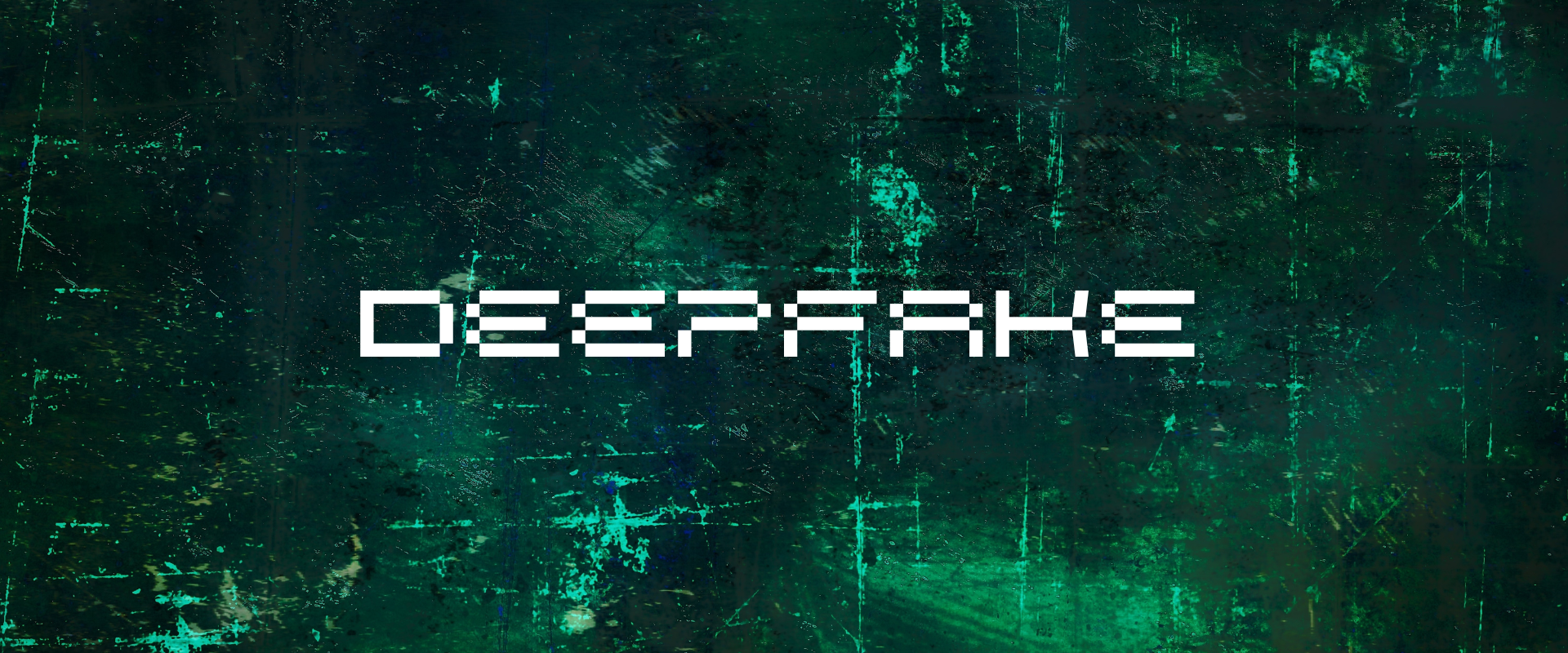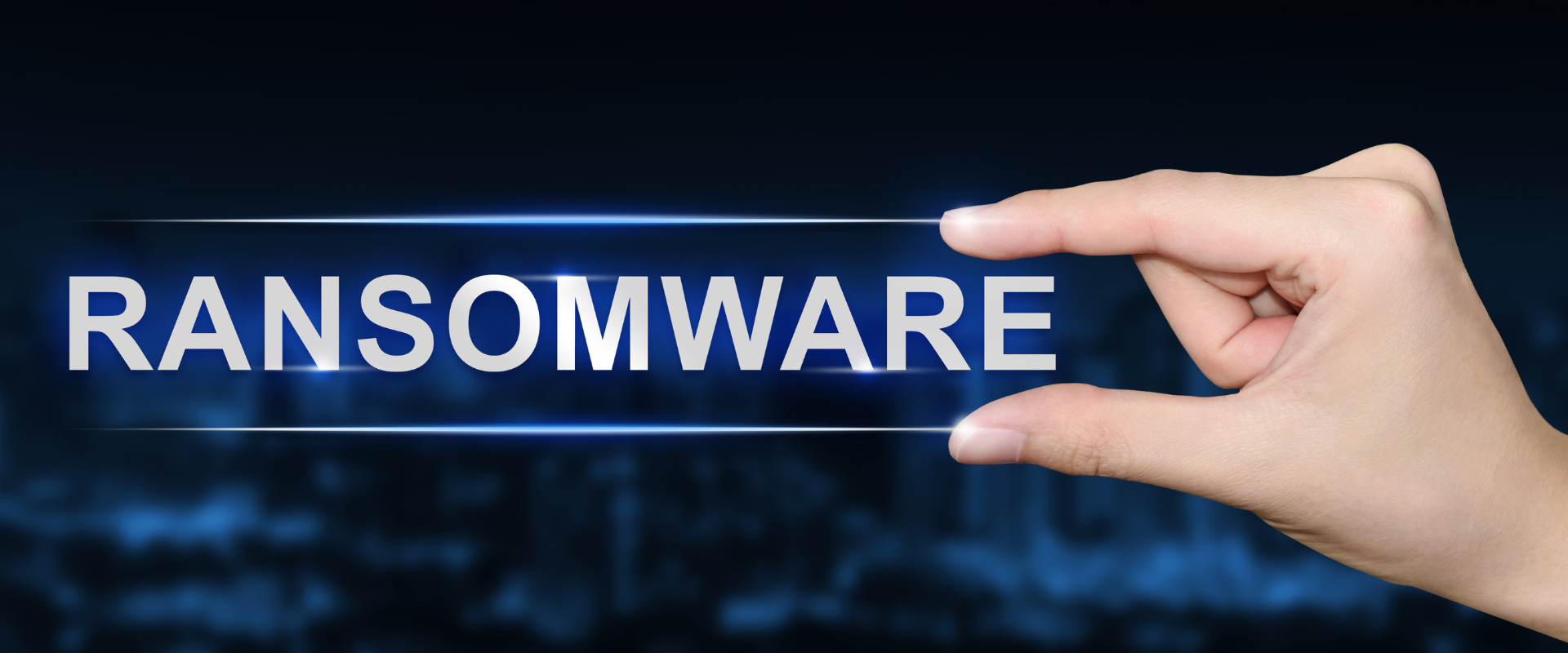
The Growing Threat of Deepfake Technology in Cybersecurity
By, Webmaster
- 23 Apr, 2025
- 3.3k Views
In the age of artificial intelligence, one of the most concerning developments in the world of cybersecurity is the rise of deepfake technology. Originally developed for entertainment purposes, deepfakes—hyper-realistic videos, images, or audio recordings created using AI—are increasingly being used for malicious intent. From impersonating executives to spreading misinformation, deepfakes represent a significant threat to both individuals and organizations alike.
This blog will delve into what deepfakes are, how they’re being used in cybercrime, the risks they pose, and how businesses can protect themselves from this evolving threat.
What Are Deepfakes?
Deepfake technology uses machine learning algorithms to create highly realistic audio and visual fakes. By manipulating real videos, photos, or sound recordings, deepfakes can convincingly simulate someone’s appearance, voice, or actions. Although deepfakes are most commonly associated with video and audio, they can also be used to alter images or even generate synthetic content from scratch.
What makes deepfakes particularly dangerous is their authenticity. It is becoming increasingly difficult to distinguish real footage from fabricated content, making it easier for cybercriminals to deceive and manipulate their targets.
How Are Deepfakes Used in Cybercrime?
Impersonating Executives (CEO Fraud): One of the most significant risks deepfake technology poses to businesses is CEO fraud, or business email compromise (BEC). Cybercriminals use deepfake videos or audio recordings to impersonate a company’s executives or senior managers. By leveraging this fabricated content, attackers can trick employees into transferring large sums of money, sharing sensitive data, or executing actions that benefit the attackers.
Example: In a recent case, fraudsters used a deepfake voice to impersonate the CEO of a UK-based energy company, convincing a subordinate to transfer $243,000 to a fraudulent account.
Misinformation and Disinformation Campaigns: Deepfakes are being increasingly used to spread misinformation and disinformation on social media platforms. These fabricated videos and images can damage reputations, manipulate public opinion, or incite panic. For example, a deepfake video of a political leader could be used to create a scandal or influence an election, creating chaos and confusion among the public.
Example: Deepfake videos of politicians delivering false or damaging statements have been used during election seasons to manipulate voter opinions.
Phishing Scams: Cybercriminals can use deepfake technology to create highly realistic phishing attempts. By crafting audio or video messages that appear to come from trusted colleagues or companies, attackers can increase the likelihood of individuals falling for scams. These phishing attempts can trick employees into clicking on malicious links or downloading dangerous attachments, ultimately giving attackers access to sensitive corporate data.
Example: Deepfake voice calls have been used to trick employees into disclosing sensitive financial information or transferring funds to fraudulent accounts.
Reputation Damage: Deepfake videos or images can be used to destroy the reputation of individuals or organizations by portraying them in compromising or damaging situations. Celebrities, politicians, and executives are common targets for this kind of attack. This can have severe consequences for businesses, particularly when deepfakes are used to tarnish the reputation of a brand or its leadership.
Example: Deepfake videos can be used to create scandalous or offensive content, damaging the trust between businesses and their customers, stakeholders, and the public.
The Risks of Deepfake Technology
Brand Reputation Damage: If deepfake technology is used to impersonate a company executive or create harmful fake content involving your brand, it can result in a significant loss of consumer trust and market value.
Financial Losses: Deepfakes used in CEO fraud can directly lead to financial losses, especially if employees are tricked into wiring large sums of money to criminals.
Legal and Compliance Risks: If deepfake technology is used to spread defamatory or harmful content about an individual or company, it can lead to legal actions, compliance violations, and regulatory scrutiny.
Loss of Intellectual Property (IP): If cybercriminals create convincing deepfake content to steal intellectual property or trade secrets, businesses could face significant losses. The consequences include loss of competitive advantage and potentially the public disclosure of sensitive business information.
How to Protect Your Organization from Deepfake Threats
Employee Education and Awareness: Employees should be educated about the risks posed by deepfake technology and trained to recognize potential deepfake content. Regular cybersecurity training should include information on how to spot suspicious emails, videos, and audio recordings that may be fabricated.
Implement Robust Verification Procedures: Organizations should establish verification procedures for any communication that involves sensitive information. This includes multi-step verification for financial transactions, such as confirming wire transfer requests through a secondary communication channel (e.g., phone call).
Monitor Digital Footprints: Companies should actively monitor their digital presence for any signs of deepfake content. This includes tracking mentions of company executives and brand-related media on social media platforms. If a deepfake is detected, prompt action can be taken to remove the content and address the potential harm.
Use Deepfake Detection Tools: Several deepfake detection tools are now available, which use AI to analyze videos and images for signs of manipulation. These tools can help identify altered content and provide early warning signs before the content can be widely disseminated.
Legal and Regulatory Safeguards: Companies should establish a clear legal framework for dealing with deepfake threats, including policies for reporting and responding to deepfake attacks. Collaborating with cybersecurity firms and legal experts can help create a strong response strategy in case of a breach.
Secure Internal Communications: Ensuring that internal communications are secure is critical. Encrypted channels and secure communication platforms can reduce the risk of phishing and CEO fraud attacks that rely on deepfakes to impersonate executives.
Conclusion
As deepfake technology becomes more advanced, the potential for its misuse grows. Cybercriminals are already using deepfakes in increasingly sophisticated ways, and businesses must evolve their cybersecurity strategies to address this new and emerging threat.
By adopting proactive security measures, educating employees, and staying ahead of deepfake detection technologies, organizations can better defend themselves against this growing danger.
We hope this article has provided valuable insights into the threats posed by deepfake technology and how you can protect your business. If you have any questions or need assistance with cybersecurity measures, don’t hesitate to contact us!
Recent Posts
- IoT Security Risks: How Connected Devices Are Expanding the Cyberattack Surface
- Data Breaches: Understanding the Real Cost of a Cyberattack
- Deepfake Fraud: The New Frontier of Cybercrime
- Cloud Security Challenges: How to Protect Your Data in a Borderless Digital World
- AI in Cybersecurity: How Artificial Intelligence is Changing the Fight Against Cyber Threats
Category
- Cyber Security (86)
- Vulnerability Assessment (70)







